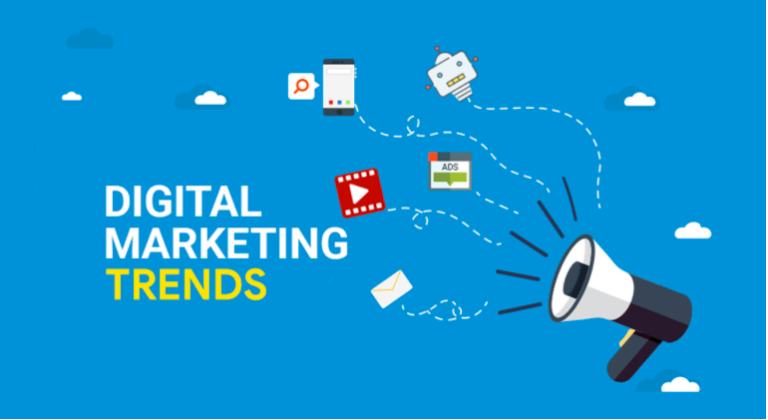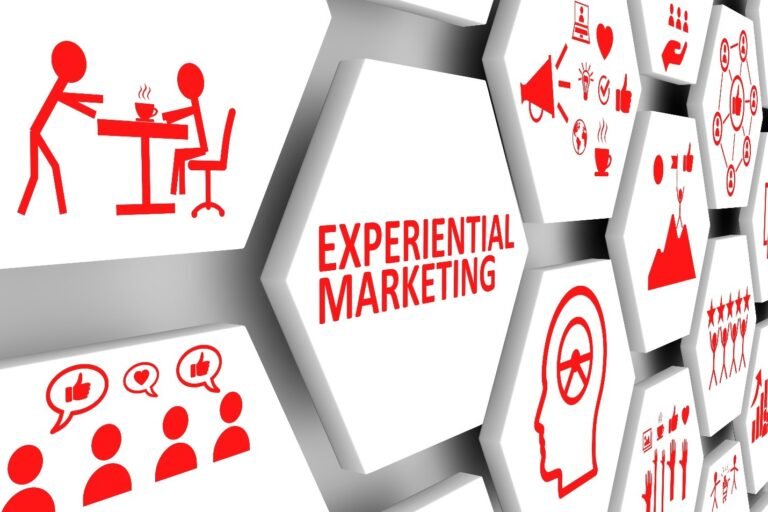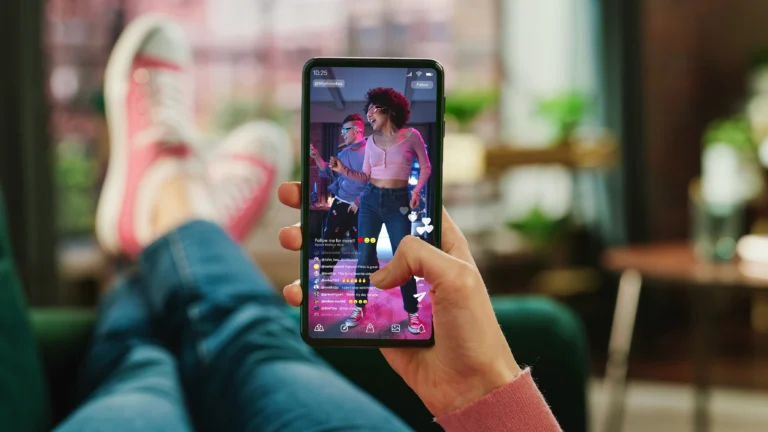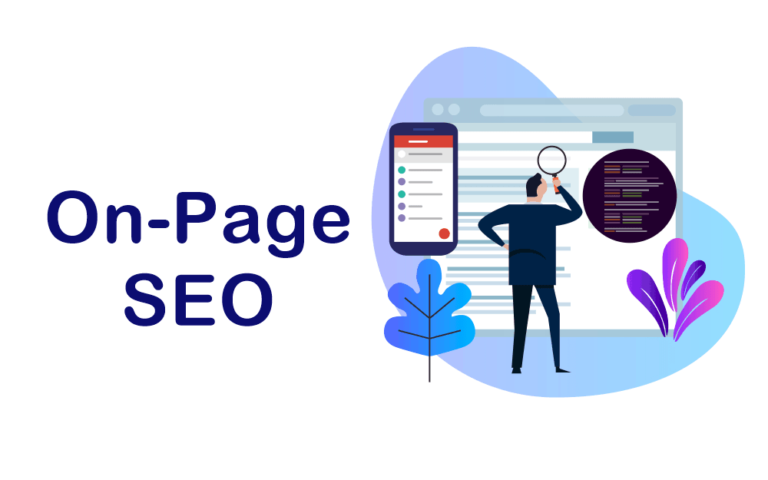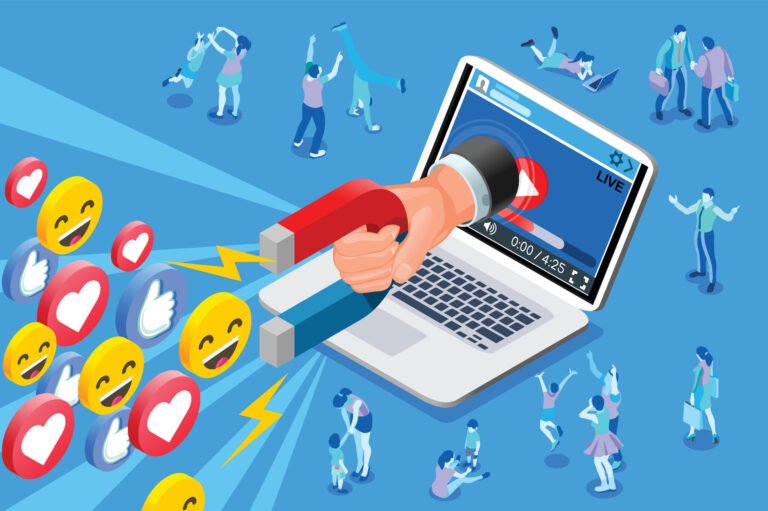AI-Powered Personalization and Automation in 2024
Artificial Intelligence (AI) has dramatically reshaped digital marketing, providing companies with the tools to personalize customer experiences on a vast scale. AI-driven personalization allows brands to analyze large datasets, segment customers into highly specific groups, predict behaviors, and automate interactions, creating unique, targeted experiences.
In 2024, AI-powered personalization and automation have become essential, helping brands reach the right audience with the right message at the right time. This article explores the applications, benefits, tools, and strategies of AI in personalization and automation, offering actionable insights to help businesses leverage AI effectively.
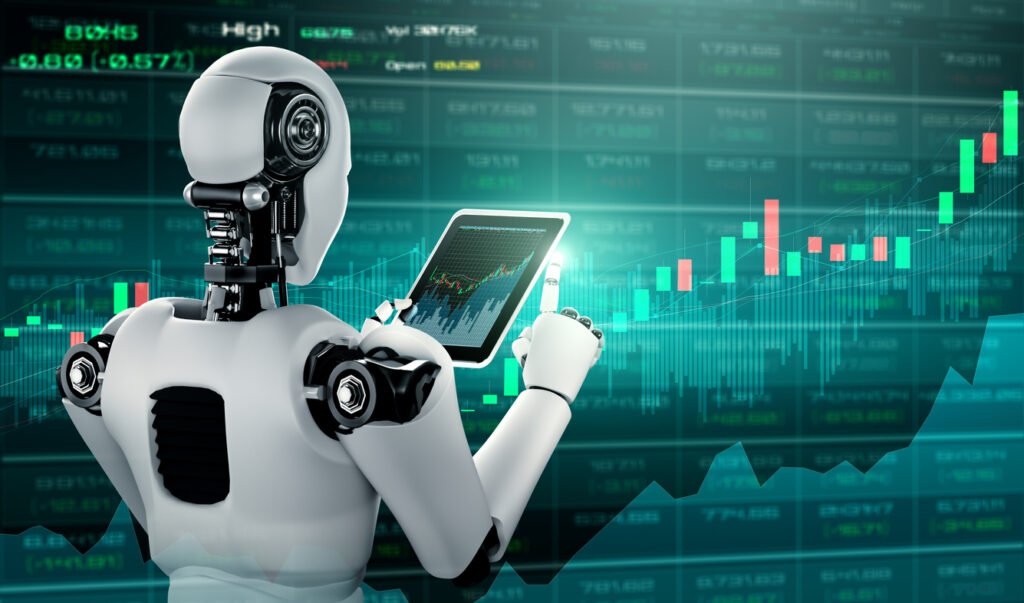
The Evolution of AI in Digital Marketing
AI’s role in digital marketing has evolved rapidly, transforming from basic data analytics to advanced predictive and prescriptive tools that can automate and optimize entire marketing strategies. Understanding this evolution helps us appreciate the significance of AI in modern marketing.
Historical Perspective on AI in Marketing
In the early 2000s, digital marketing relied heavily on data collection, with companies using analytics tools to track website traffic, social media engagement, and email open rates. However, these tools provided limited personalization and insights.
- Early Data Collection and Analysis (2000s): Marketers primarily collected demographic and behavior data. Analytics helped evaluate campaign effectiveness, but insights were often generalized and not tailored to individual customers.
- Machine Learning Introduction (2010s): Machine learning algorithms started providing deeper insights into customer behavior. Basic personalization was possible, such as showing different messages to distinct segments.
- Real-Time Personalization (Late 2010s): AI tools enabled real-time adjustments based on live interactions, allowing businesses to tailor messages dynamically based on user behavior.
- Predictive and Prescriptive Analytics (2024): Today, AI tools include predictive analytics, allowing brands to anticipate customer needs, and prescriptive analytics, which offers actionable recommendations to improve user experience.
Table: Key Milestones in AI Marketing Evolution
| Year | Milestone | Impact on Marketing |
|---|---|---|
| Early 2000s | Data collection tools | Basic insights into customer behavior and preferences |
| 2010s | Machine learning in marketing | Enhanced targeting and early personalization |
| Late 2010s | Real-time personalization | Dynamic, personalized experiences that engage customers instantly |
| 2024 | Predictive and prescriptive analytics | Anticipating customer needs, enabling proactive engagement |

How AI Personalizes the Customer Experience
AI-driven personalization transforms the customer experience by analyzing vast amounts of data from various touchpoints, including website interactions, purchase history, and social media engagement. This process enables brands to create tailored experiences that are highly relevant to individual users.
Customer Data Collection and Analysis
AI gathers data from multiple sources, translating customer actions into valuable insights.
- Behavioral Data Collection: AI tracks user behaviors on websites and apps, including time spent on pages, click-through rates, and browsing patterns. These insights help AI predict which content will resonate with a customer.
- Social Media and Sentiment Analysis: By analyzing interactions on social media, AI tools gauge customer sentiment, providing valuable feedback on public opinion about products and services.
- Purchase and Interaction History: AI can review a customer’s previous purchases and interactions, recommending products that align with their shopping preferences.
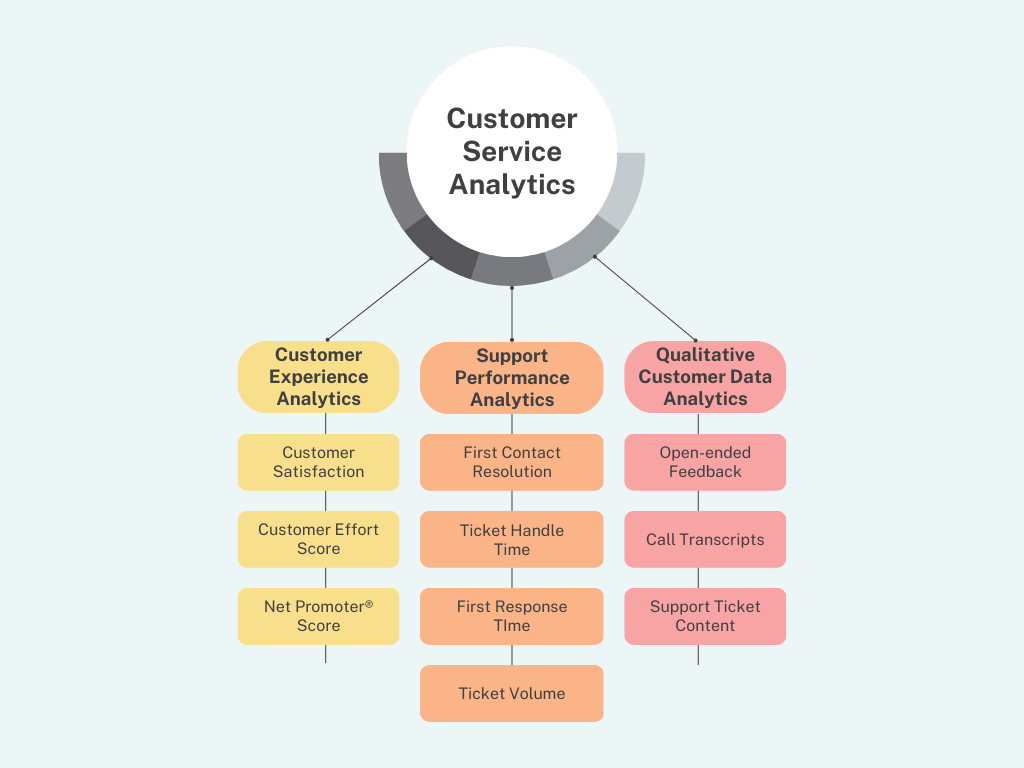
Machine Learning’s Role in Identifying Preferences
Machine learning algorithms are pivotal in AI-driven personalization. As these algorithms learn from each customer’s behavior, they improve the accuracy of their predictions, enhancing the customer experience with increasingly relevant suggestions.
- Collaborative Filtering: AI identifies similar user behaviors and preferences, recommending products or content that has been popular with customers sharing the same interests.
- Content-Based Filtering: Machine learning analyzes a customer’s past interactions to suggest similar products or content, providing relevant recommendations based on individual preferences.
Example in Retail: Amazon’s recommendation engine uses collaborative and content-based filtering to suggest products based on browsing history, previous purchases, and similar users’ preferences.
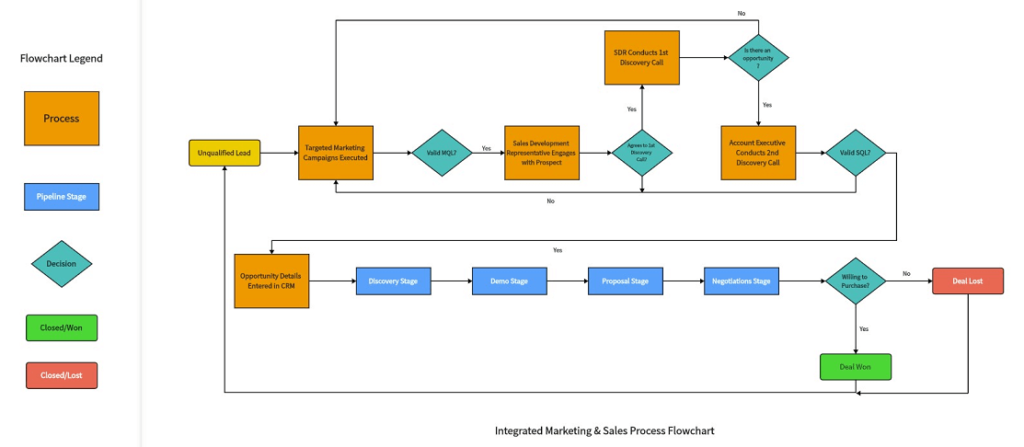
Benefits of AI-Powered Personalization
AI-powered personalization brings numerous benefits that directly impact customer satisfaction, business performance, and operational efficiency.
- Enhanced User Experience and Satisfaction
Customers feel valued when they receive content tailored to their interests, which increases satisfaction. A user interested in fitness might receive personalized workout recommendations or product suggestions, making their experience more relevant and engaging. - Higher Conversion Rates and Improved ROI
Personalized recommendations directly impact purchasing decisions, increasing conversion rates. When brands target customers with relevant offers, they’re more likely to make a purchase, leading to a higher return on investment. - Operational Efficiency and Time Savings
AI automates customer segmentation, targeting, and content recommendations, saving marketers time. This allows teams to focus on higher-level strategies, optimizing marketing efforts. - Increased Customer Retention
Personalized experiences foster customer loyalty. By continually offering value and understanding each customer’s needs, brands can build long-term relationships that encourage repeat interactions.
Table: Benefits of AI-Powered Personalization
| Benefit | Description |
|---|---|
| Enhanced Customer Engagement | AI personalization increases engagement through relevant interactions. |
| Increased Conversions | Targeted content and recommendations drive sales and subscriptions. |
| Optimized Efficiency | AI automation improves operational efficiency by reducing manual processes. |
| Improved Customer Loyalty | Tailored experiences foster repeat visits and customer loyalty. |
| Enhanced Brand Perception | Personalized brands are viewed favorably, impacting brand equity positively. |
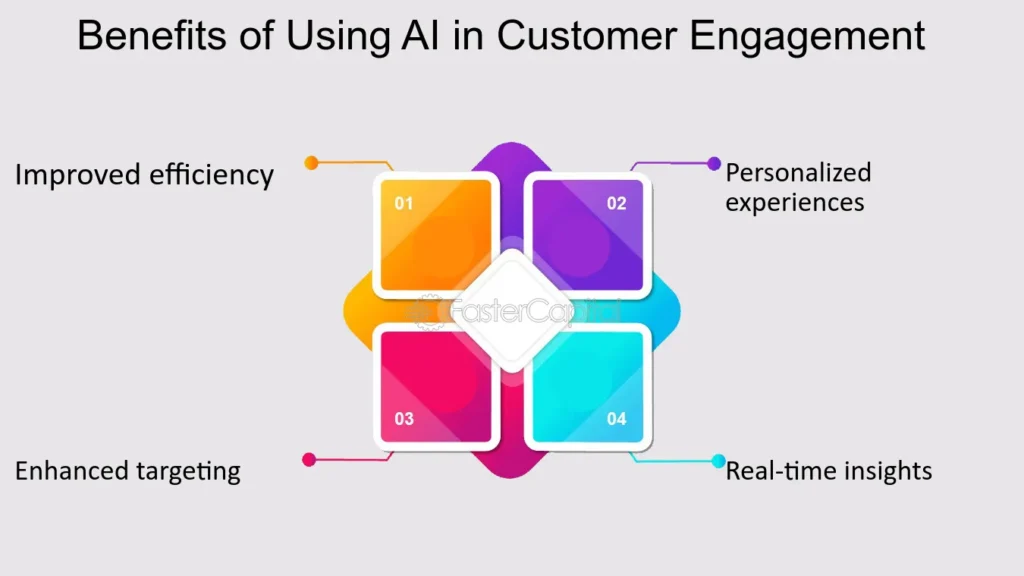
AI and Customer Segmentation
AI-powered customer segmentation enables brands to break down their audience into precise, meaningful segments, making it easier to deliver relevant content.

How AI Drives Advanced Segmentation
Traditional segmentation often relied on simple demographic information. AI enhances segmentation by analyzing more comprehensive data, such as behavior, psychographics, and geographic information.
- Behavioral Segmentation: AI identifies customer segments based on specific actions, like browsing history, engagement with email marketing, or frequency of purchases.
- Psychographic Segmentation: AI analyzes interests, values, and lifestyle preferences to create segments based on psychographic data, which is particularly valuable for targeting audiences with specific interests or values.
Example in E-commerce: A fashion retailer uses AI to segment customers based on preferences for sustainable, high-end, or budget-friendly products, then tailors messaging accordingly.
Real-Time Segmentation with AI
AI’s real-time segmentation updates based on recent interactions. For example, if a customer begins exploring winter coats, AI can adjust their segment to display ads for cold-weather gear.
Comparison Table: Traditional vs. AI-Enhanced Segmentation
| Aspect | Traditional Segmentation | AI-Enhanced Segmentation |
|---|---|---|
| Data Sources | Basic demographic or location data | Multi-source data (behavioral, psychographic) |
| Update Frequency | Periodic updates | Real-time updates based on current customer interactions |
| Personalization Level | Limited | Highly personalized and specific |
| Accuracy | Moderate | High, with predictive insights from behavioral data |
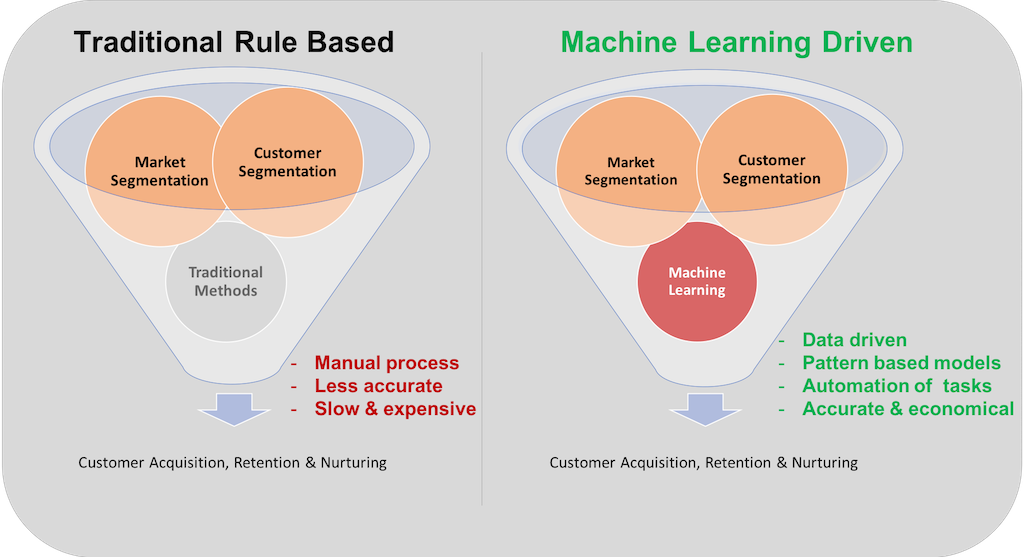
Predictive Analytics in Customer Behavior
Predictive analytics allows brands to anticipate future behaviors, enabling them to design strategies that proactively engage and retain customers.
How Predictive Analytics Works in Marketing
Predictive analytics uses machine learning models to forecast customer actions based on historical data, allowing businesses to anticipate needs and personalize strategies.
- Forecasting Purchase Behavior: By analyzing past purchases and browsing behavior, predictive analytics can suggest products that customers are likely to buy in the future. For example, a customer who has previously purchased eco-friendly products might receive recommendations for other sustainable options.
- Churn Prediction and Retention Strategies: Predictive models identify customers at risk of disengaging, enabling businesses to implement retention strategies proactively. This can include personalized offers or targeted re-engagement campaigns.
Example in Subscription Services: Spotify uses predictive analytics to recommend new music to retain customers. By offering content based on a user’s past listening habits, Spotify keeps users engaged and reduces the risk of churn.
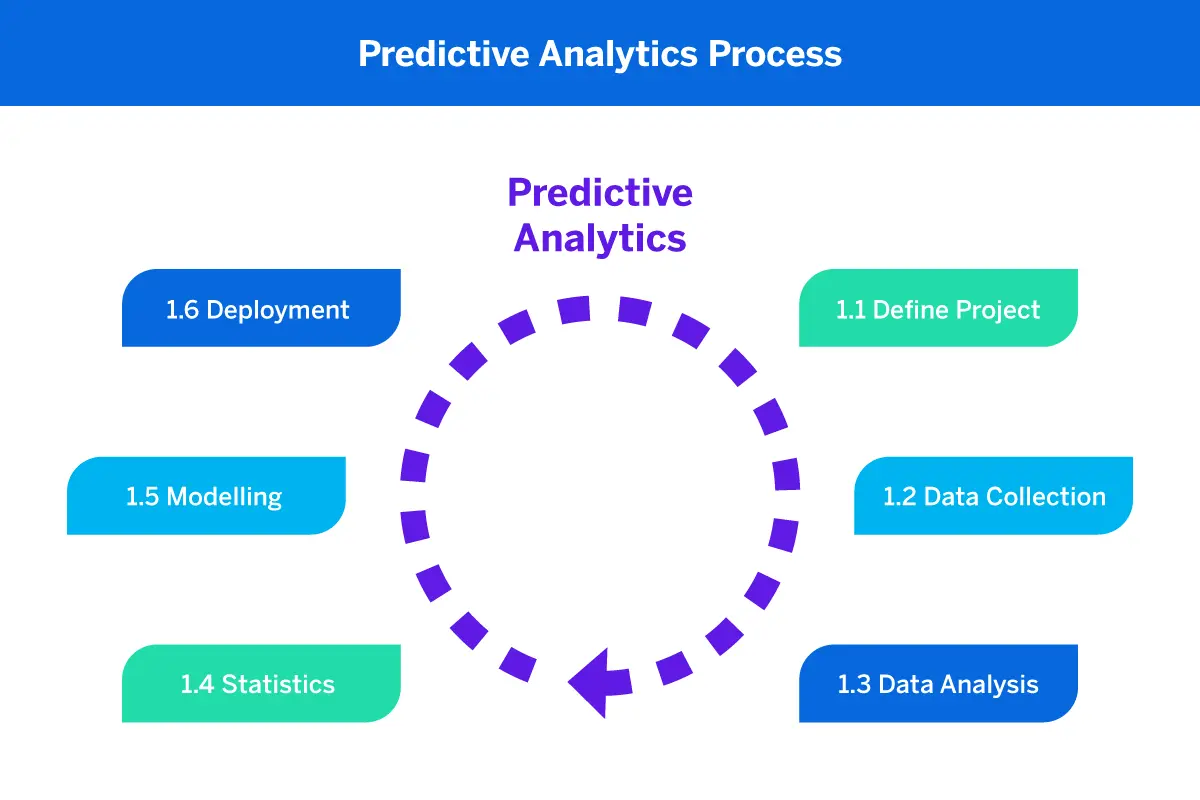
Automated Email Campaigns with AI
AI-driven email campaigns offer an effective way to engage customers by delivering timely, personalized messages based on behavior and preferences.
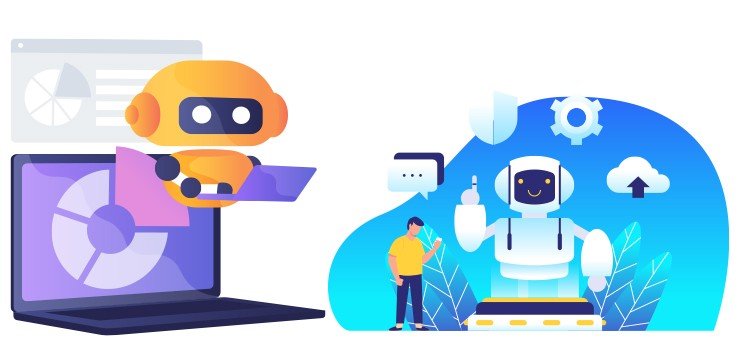
Setting Up Automated Email Campaigns with AI
AI-powered email automation tools, such as HubSpot, Marketo, and Salesforce, allow brands to create email sequences that automatically adjust based on customer actions.
- Dynamic Content Personalization: AI customizes email content according to the customer’s previous behavior. For instance, a fashion brand might feature the latest styles in an email based on the customer’s browsing patterns.
- Send Time Optimization: AI algorithms determine the best times to send emails based on the user’s activity history, optimizing open and click-through rates.
Examples of Successful AI-Driven Campaigns:
- Spotify: Sends playlists based on recent listening history, keeping the user engaged with fresh content.
- Amazon: Notifies customers of price drops or restocked items they’ve viewed in the past.
Table: Key Features of AI-Driven Email Automation Tools
| Tool | Features | Ideal For |
|---|---|---|
| Salesforce | Predictive analytics, optimized send times | Medium to large businesses |
| HubSpot | Personalized workflows, CRM integration | Small to medium businesses |
| Marketo | Cross-channel personalization | B2B and enterprise-level businesses |
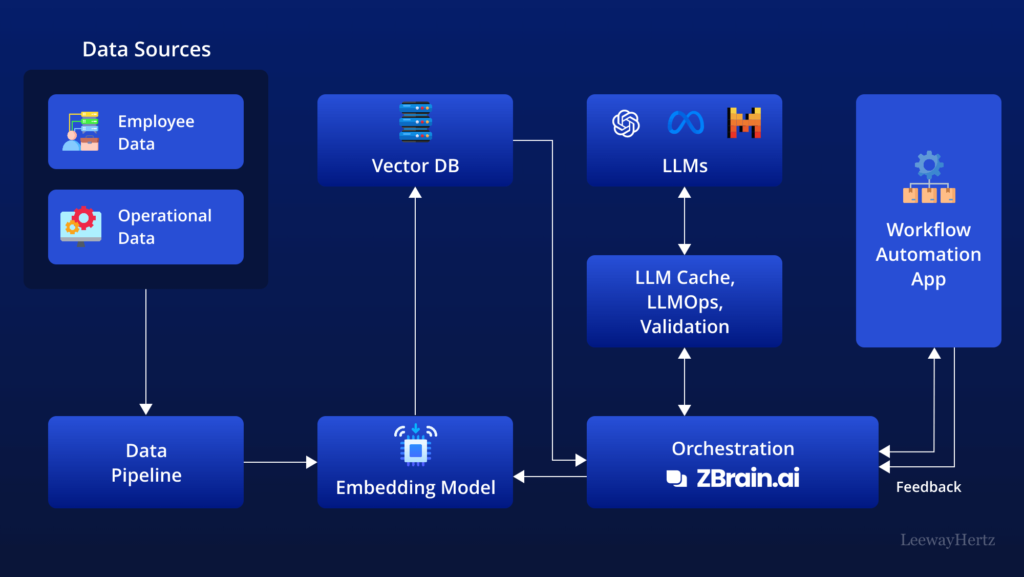
AI-Powered Content Recommendations
AI-powered recommendation engines enhance user engagement by presenting relevant content based on past behavior, preferences, and interests.
How Content Recommendation Engines Work
Content recommendation engines analyze user interactions and preferences to suggest relevant content, increasing engagement and time spent on the platform.
- Collaborative Filtering: This method recommends items based on similar users’ preferences. For example, YouTube suggests videos based on other users with similar interests.
- Content-Based Filtering: By analyzing a user’s past interactions, AI suggests content with similar attributes, such as topics or genres.
Example in Media: Netflix recommends shows based on the viewer’s past watching habits, enhancing engagement and retention.
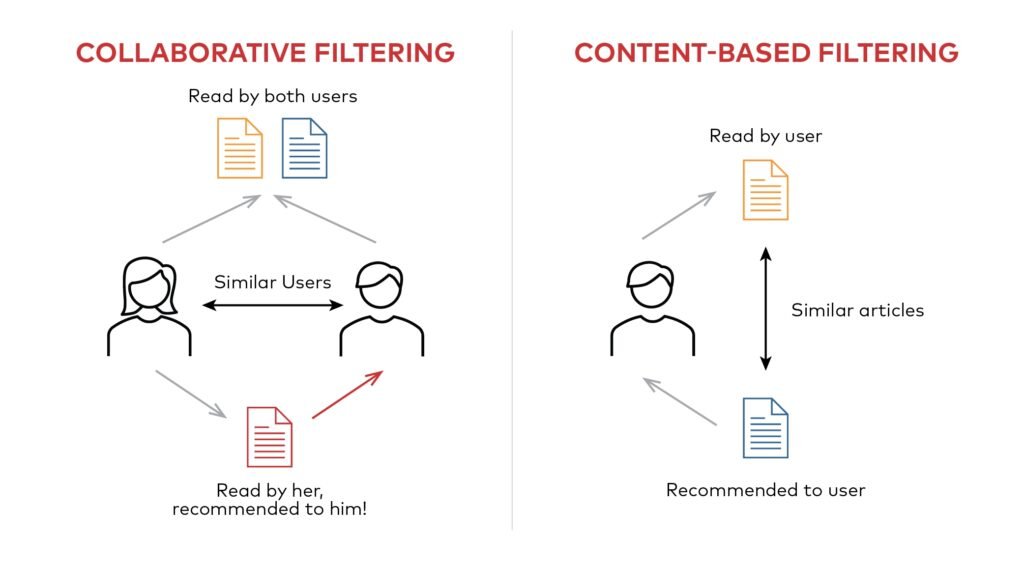
Chatbots and Real-Time Customer Interaction
AI-powered chatbots enhance customer service by providing real-time, automated assistance, answering queries, and recommending products based on individual needs.
How AI Chatbots Enhance Customer Interaction
Modern AI chatbots leverage Natural Language Processing (NLP) to understand customer inquiries and provide relevant responses, helping businesses manage customer interactions around the clock.
- 24/7 Availability: Chatbots provide support at any time, reducing customer wait times and improving satisfaction.
- Personalized Recommendations: AI-powered chatbots use previous interactions and preferences to suggest products or services, creating a seamless shopping experience.
Example in Retail: Sephora’s chatbot assists customers by recommending skincare products based on skin type, preferred brands, and budget.
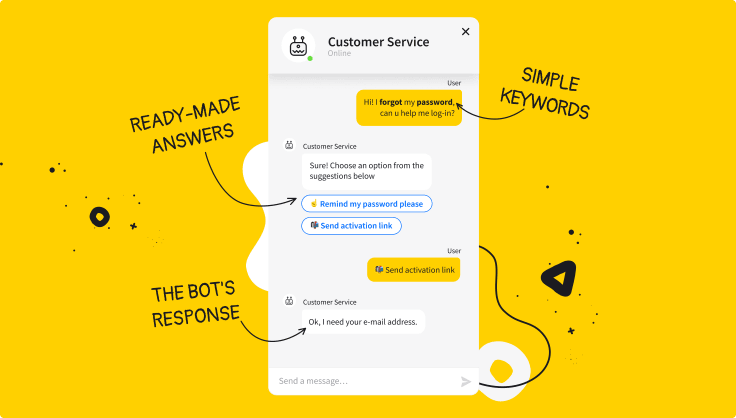
Conclusion
AI-powered personalization and automation redefine digital marketing by allowing brands to deliver relevant, engaging experiences. By utilizing predictive analytics, real-time personalization, automated emails, and AI-driven chatbots, businesses can increase engagement, conversion rates, and loyalty. As AI continues to evolve, its applications in marketing will only become more impactful, providing brands with deeper insights and more effective tools for customer engagement.
FAQs
Disclosure: Our blog contains affiliate links to products. We may receive a commission for purchases made through these links. However, this does not impact our reviews and comparisons. We try our best to keep things fair and balanced, in order to help you make the best choice for you.


